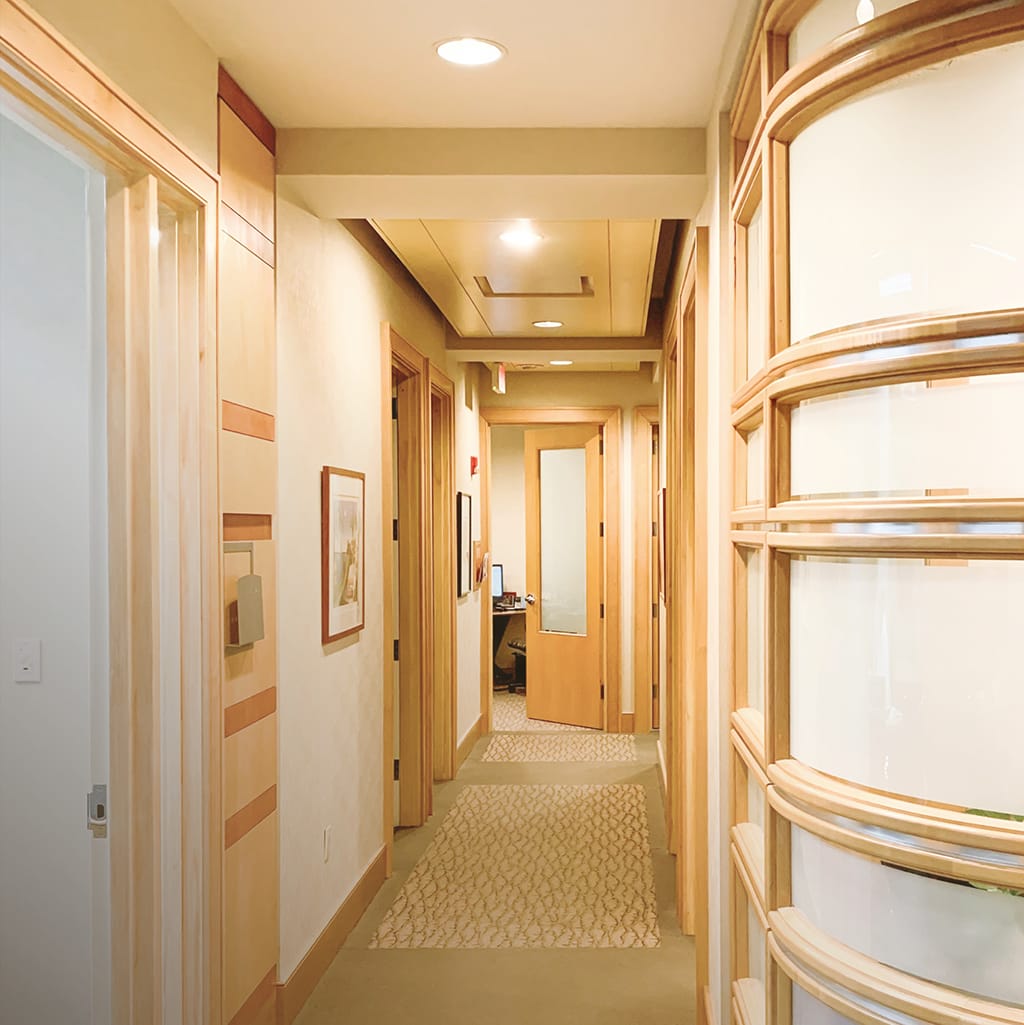Do I Have Capsular Contracture?
For patients with breast implants, capsular contracture is one of the most well-known long-term complications—but many don’t fully understand what it means or how to recognize it.
What Is Capsular Contracture?
After breast augmentation, the body naturally forms a thin layer of scar tissue around the implant. This is called the capsule, and it helps keep the implant in place. In a healthy implant pocket, this capsule remains soft and flexible, allowing the implant to move naturally. In capsular contracture, the capsule tightens and shrinks, restricting movement and sometimes causing the implant to sit higher or feel firm and tight.
How Does Capsular Contracture Develop?
When implants are placed, a larger pocket is created to allow the implant to move freely and look more natural. Massage techniques can help keep this pocket open and prevent excessive scar tissue buildup. However, over time, some patients develop shrinkage of this pocket, causing the implant to:
- Feel firmer or tighter
- Sit higher on the chest
- Move less naturally
Think of it like this: If the original implant pocket is the size of a quart container, capsular contracture can shrink it down to the size of a sandwich bag, restricting movement and making the implant feel more rigid.
What Should You Do If You Notice These Changes?
If you suspect capsular contracture, the first step is to schedule a consultation with your plastic surgeon. Treatment options vary depending on the severity and can range from massage techniques to surgical correction.
The Bottom Line
Capsular contracture is a treatable condition, but early detection is key to maintaining the best results. If you experience tightness, firmness, or implant movement changes, it’s important to seek an evaluation. For expert care and guidance, The Plastic Surgery Institute of Washington is here to help. Schedule a consultation today to discuss your options.




